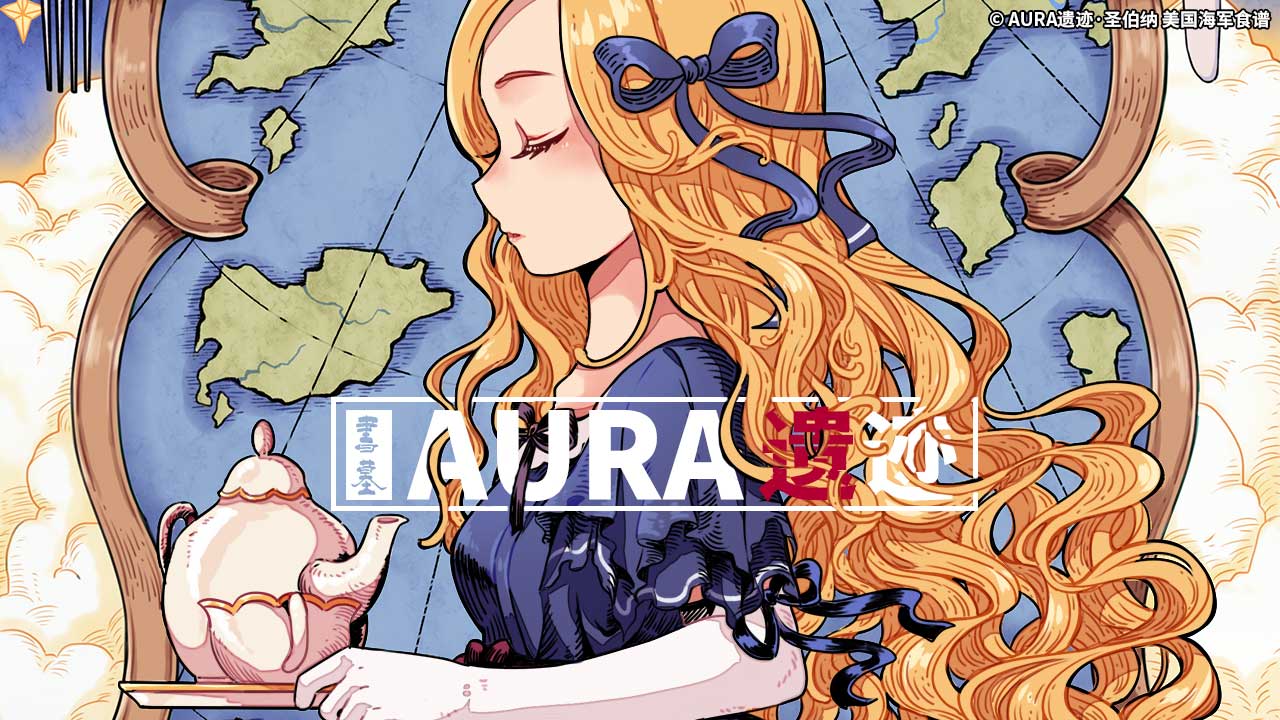This actually came from an email asking me about what the significance of mentioning CXAM radar is in the first book.
“Seems like a bit of interesting trivia.”
Honestly? Yeah. It was a tidbit of trivia that I thought was thematically appropriate. 1941 was the year where our prototyping and experimentation with radar really took off. Contrary to what our impressions might be, we weren’t really caught flat-footed (that much) by the Japanese attack. The navy has always considered (and at the time knew we were probably behind) technological advancements to be critical, and has been busy at work testing new equipment pretty much since war broke out in Europe.
Radar was one of these things. The CXAM radar detail that I found interesting was through looking at reports of Yorktown, Feb-Apr 1941, where the commander mentioned that after five months of operational experience with the thing they now can reliably track aircraft within 100 miles of the carrier. His recommendation was that CVs should be equipped with proper facilities for tracking radar targets, and proposed that friendlies be equipped with something that would allow the CVs to identify them electronically. At the time, though, radar was pretty cumbersome, and there were several logistical hurdles.
Basically, about four months later in July, we got some ASV radars from the Brits and put them on some PBYs to test out. American identification equipment started getting installed as early as September of 1941, and by 17th of December the Naval Research Labs ironed out the oversized antenna matter by getting a new antenna set-up to do both transmission and reception.
It would take the navy another year to get radar of all types distributed and set-up across the fleet, but I’d say by 1943 things were pretty much looking up.
